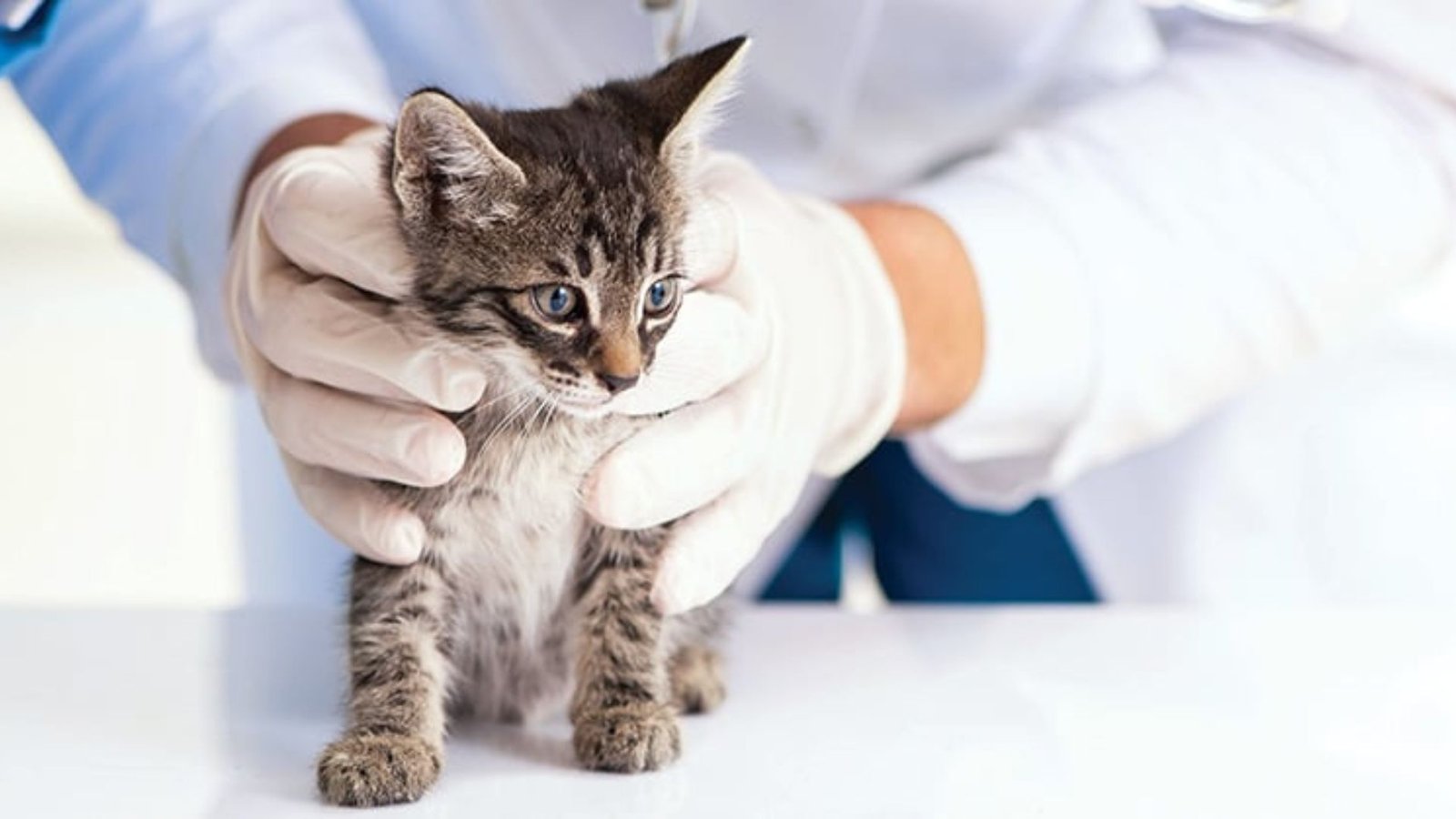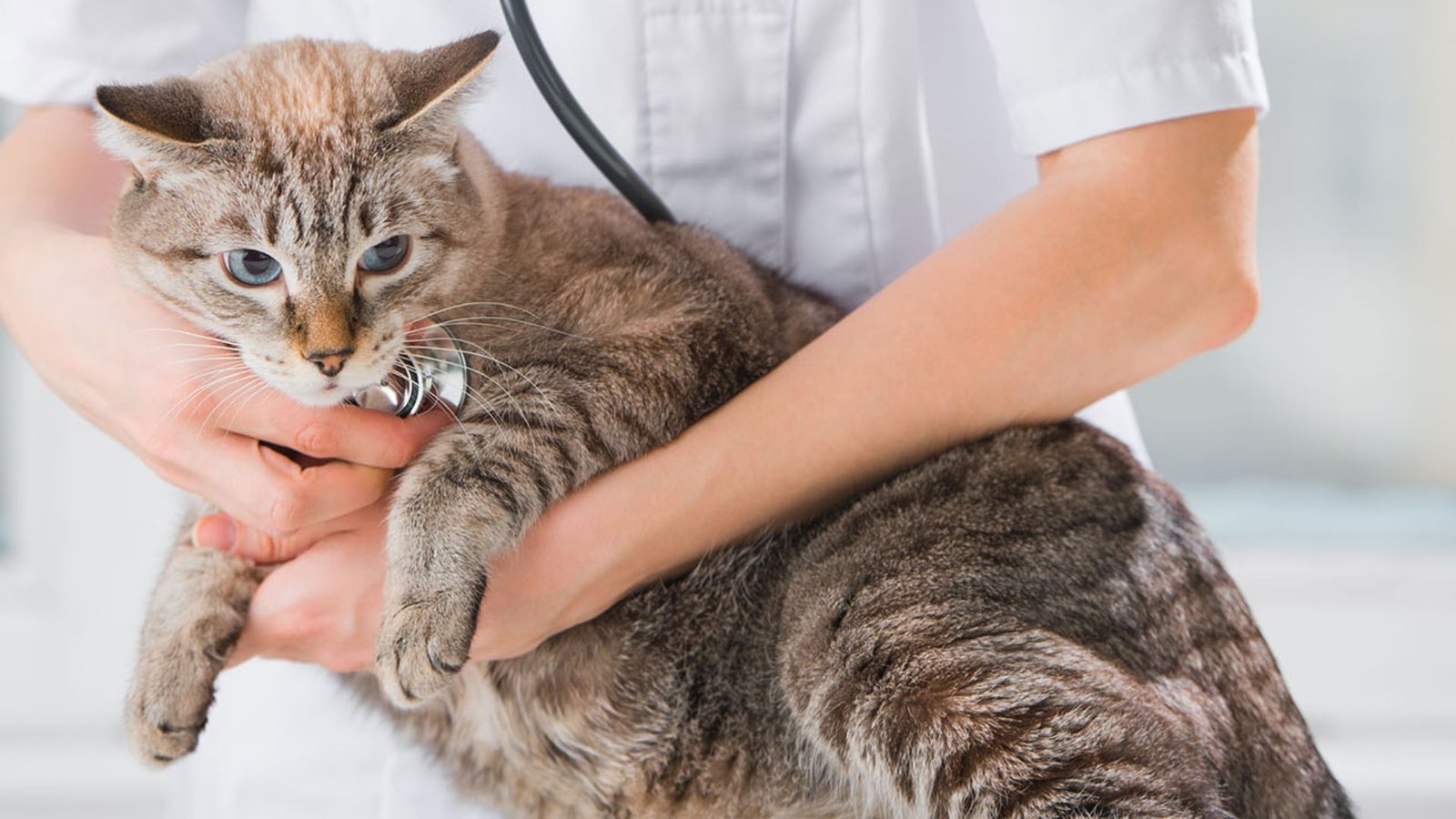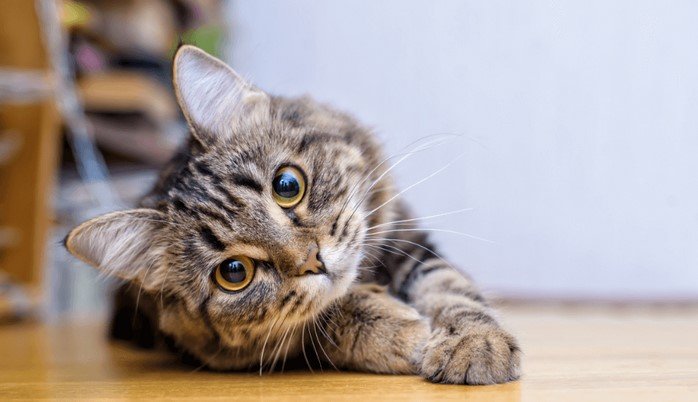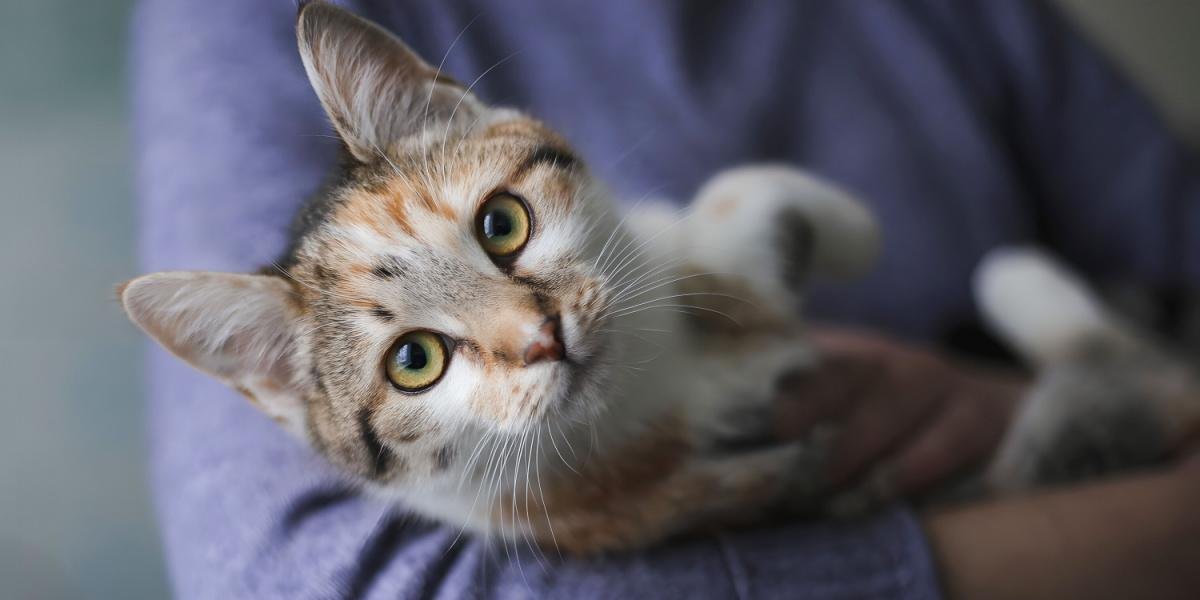Spaying is a common procedure for female cats, and many pet owners wonder whether it’s necessary. Spaying involves the removal of a female cat’s ovaries and uterus, preventing her from becoming pregnant. While it’s not mandatory, spaying has significant health and behavioral benefits that make it a highly recommended procedure for most pet cats. In this article, we’ll explore why spaying is important for female cats and how it can positively impact their lives.

1. Prevents Unwanted Pregnancies
The primary reason for spaying female cats is to prevent unwanted pregnancies. Unspayed female cats can go into heat several times a year, and during this time, they may become pregnant if they come into contact with unneutered male cats.
Why Prevent Unwanted Litters?
- Overpopulation: There are many stray and abandoned cats in shelters. By spaying your cat, you help reduce the number of unwanted kittens.
- Less stress for your cat: Cats in heat can become anxious and restless, seeking mates. Spaying eliminates this stress and prevents her from going into heat entirely.
Spaying your female cat is the most effective way to prevent accidental pregnancies and contribute to controlling the stray animal population.
2. Health Benefits of Spaying
Spaying offers numerous health benefits for female cats, which is another important reason to have the procedure done.
Health Benefits Include:
- Prevention of uterine infections (pyometra): Spaying removes the uterus, eliminating the risk of pyometra, a life-threatening infection that affects unspayed female cats.
- Reduced risk of breast cancer: Spaying before the first heat cycle significantly lowers the risk of developing breast cancer later in life.
- No ovarian cysts or tumors: Spaying prevents ovarian cysts and other reproductive health issues that can affect unspayed females as they age.
By spaying your female cat, you help her avoid potentially serious and costly health issues in the future.
3. Behavioral Benefits of Spaying
In addition to the health benefits, spaying can also improve your cat’s behavior. Female cats that are not spayed may exhibit certain behaviors associated with their reproductive cycles.
How Spaying Affects Behavior:
- Stops heat cycles: When a female cat goes into heat, she may become more vocal, agitated, and may try to escape outdoors. Spaying stops these behaviors, making her more relaxed and easier to manage.
- Less territorial marking: Unspayed female cats may spray urine to mark their territory. Spaying reduces this behavior and makes her less likely to exhibit signs of territorial aggression.
- Calmer demeanor: Many spayed cats are calmer and more affectionate since they no longer experience the hormonal fluctuations associated with heat cycles.
Overall, spaying can make your female cat more pleasant to be around, reducing undesirable behaviors like loud meowing and restlessness.
4. Spaying Reduces the Risk of Behavioral Problems
Unspayed female cats may develop some behavioral problems due to the hormonal changes that occur during their heat cycles. These issues can sometimes make it more difficult to manage their behavior.
Common Behavioral Problems in Unspayed Females:
- Escape attempts: Female cats in heat may try to escape to find a mate, which can be dangerous.
- Increased aggression: Some unspayed females can become more territorial or aggressive when they are in heat or feeling frustrated.
- Over-grooming: Hormonal changes can lead to over-grooming, which may result in skin irritation or hair loss.
Spaying eliminates these hormonal triggers, helping to maintain a more stable and manageable temperament in your cat.
5. Spaying Helps Prevent Certain Health Issues in the Long Term
Spaying not only prevents immediate reproductive issues but also reduces the likelihood of long-term health complications.
Long-Term Health Benefits:
- No risk of ovarian cancer: Female cats that are not spayed are at risk of developing ovarian tumors. Spaying eliminates this risk entirely.
- Prevention of uterine cancer: Since spaying removes the uterus, it prevents any potential uterine cancers from developing later in life.
- Healthier, longer life: Spayed cats tend to live healthier and longer lives because they are free from the reproductive health risks that can affect unspayed females.
By spaying your female cat, you’re helping her enjoy a longer and healthier life with fewer risks of serious diseases.
6. When to Spay Your Female Cat
The best time to spay your female cat is typically around 5 to 6 months of age, before she reaches sexual maturity. However, some veterinarians may recommend spaying earlier, depending on the breed and health of your cat.
Timing Recommendations:
- Early spaying: Spaying before the first heat cycle (around 5-6 months) provides the most health benefits, including a lower risk of breast cancer and uterine infections.
- After the first heat: While it’s still beneficial to spay a cat after she’s had one heat cycle, it may slightly increase the risk of certain health issues, like breast cancer.
It’s important to discuss the timing of spaying with your vet to determine the best plan for your cat’s health.
7. Spaying is Safe and Quick
Many pet owners worry about the safety of the spaying procedure, but it is a routine and low-risk surgery performed by veterinarians.
What to Expect:
- Quick recovery: Spaying is a relatively simple surgery that typically takes less than an hour. Cats usually recover quickly and can go home the same day.
- Minimal risks: While there are always risks associated with anesthesia, the procedure itself is considered safe for healthy cats. Your vet will ensure your cat is properly prepared and monitored during the surgery.
Most cats experience minimal discomfort after spaying and return to their normal behavior within a few days.
Conclusion
Spaying is a responsible decision for any female cat owner. It prevents unwanted pregnancies, reduces the risk of health issues like uterine infections and breast cancer, and helps improve your cat’s behavior. Not only will spaying enhance your cat’s quality of life, but it will also contribute to reducing the overall cat overpopulation problem.
By spaying your female cat, you’re making an investment in her long-term health and happiness, ensuring she can live a healthy, content life.




